These are some Elden Ring weapons that were based on or inspired by real-life counterparts. The fabulous arsenal of Elden Ring’s weapons is one of the best medieval and dark fantasy weapon arsenals in the history of gaming.
The game features hundreds of weapons that were made for the game specifically and ones that were directly inspired by real-world armaments of history. This massive collection of weapons will only grow with the upcoming Shadow of the Erdtree expansion (hopefully).
If you’re interested in the civilizations these weapons are from and the historical weapons themselves, you’re in the right place. Make yourself comfortable, as we explore Elden Ring weapons and their real-life counterparts.
Obviously, this list does not contain all the weapons in Elden Ring that are based on real-life ones. That would make the article too long and tiring to read. We only feature some of the best examples.
Urumi
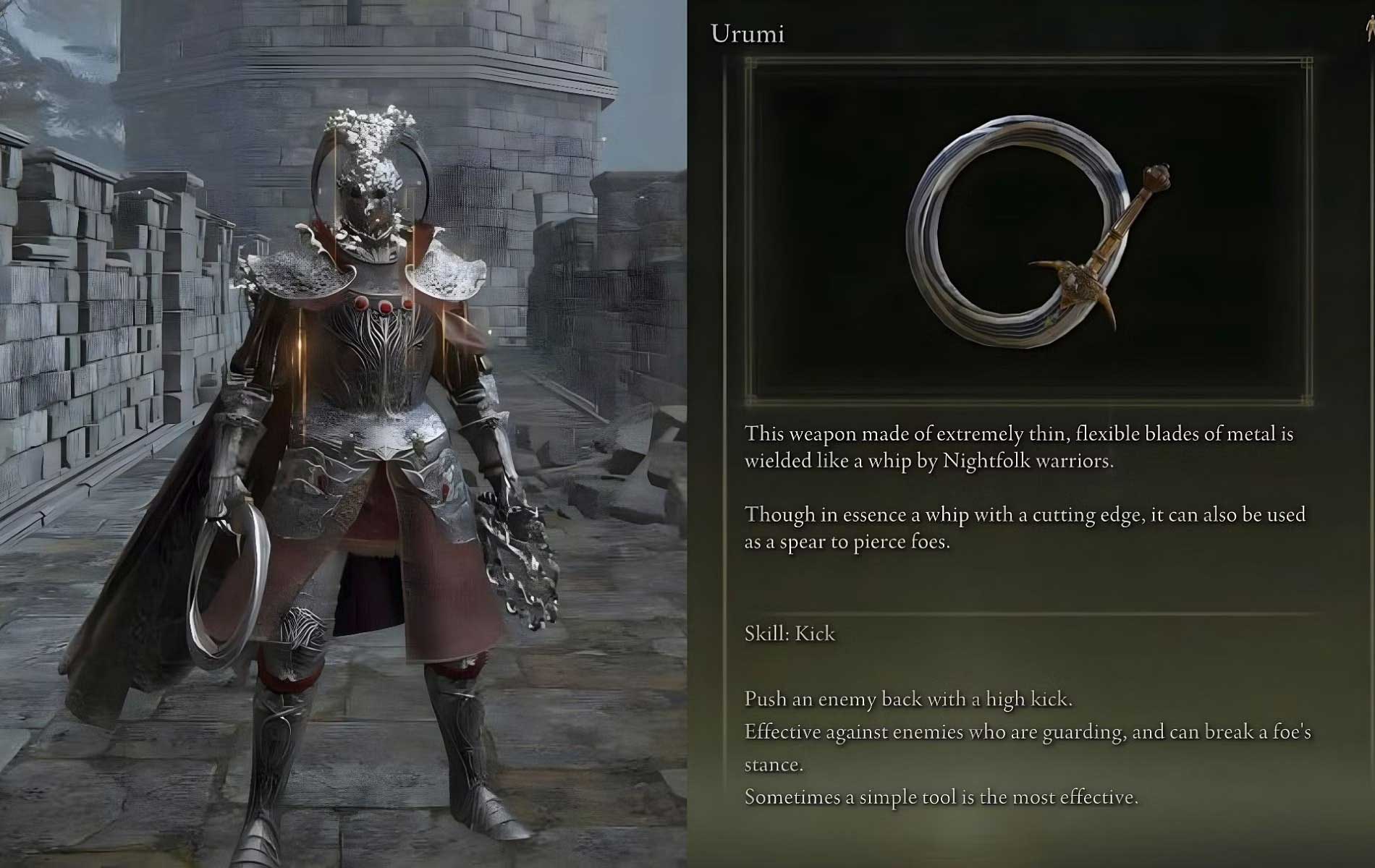

The whip-sword Urumi is actually a fairly accurate depiction of the flexible-bladed weapons with the same name that originates from Kerala, India. This sword was used in India as well as Sri Lanka.
RELATED: Weapons that would’ve been great additions to Elden Ring
In “Kalaripayattu” (an Indian martial art) and “Angampora” (a Sri Lankan martial art), the Urumi is an important weapon that’s considered somewhat difficult to wield because of its unusual design. Wikipedia says that in “Kalaripayattu”, the Urumi is taught last.
A skilled warrior can fight off multiple assailants with this punishing weapon that is handled similarly to a flail. It’s quintessentially a Dexterity weapon, as the fighters occasionally utilize fast and agile spins and evasive maneuvers when using the Urumi. In Sri Lanka’s “Angampora” martial art, some warriors use multi-bladed Urumi whip-swords.
Misericorde


Based on the real-life dagger of the same name, the Misericorde was used to deliver mercy strokes to wounded knights. The weapon’s name means “mercy” in French. It’s a very thin blade that could easily lethally wound assailants through armor.
RELATED: Elden Ring armor and their real-life counterparts
This is a weapon from the High Middle Ages, according to Wikipedia. Misericorde has appeared since the 12th century. The countries that used this blade were Persia, England, Poland, and Germany, possibly among others.
Marais Executioner’s Sword
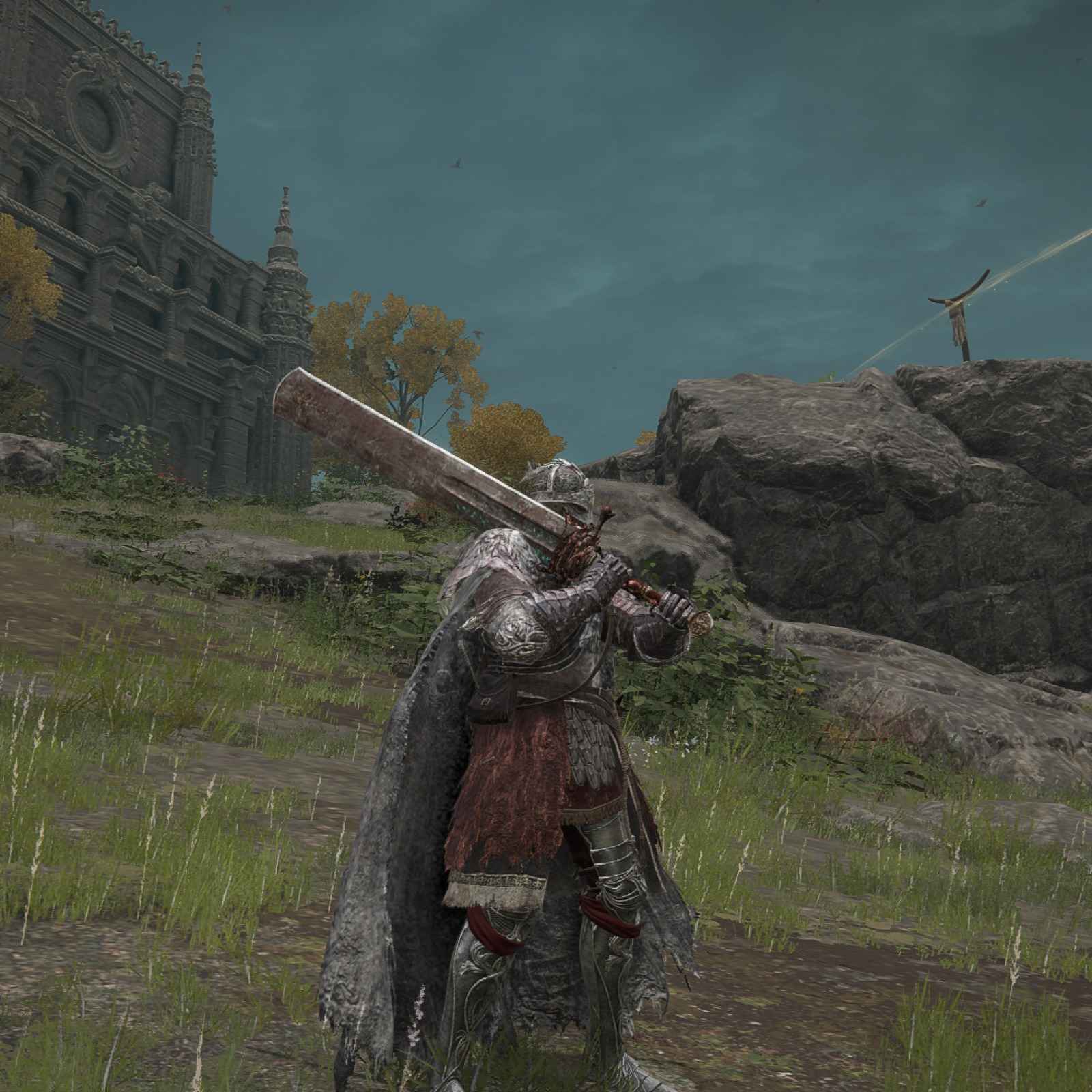
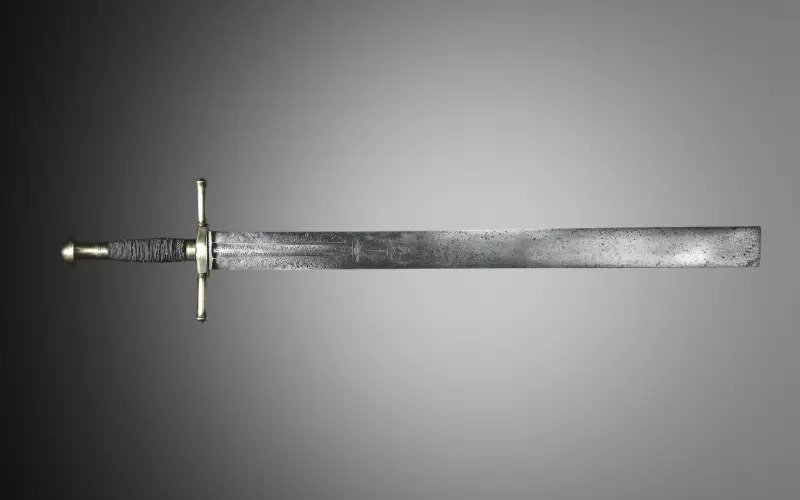
This may be surprising, but this greatsword was inspired by the real-life Executioner’s Sword which was used for beheading criminals. The Executioner’s sword dates to circa 1540, and it was widely used in 17th-century Europe.
In real life, this weapon was not widely used in combat, as it was designed for executions. The game’s version has a nice story behind it that confirms that Marais Executioner’s Sword was also used in executions (as the name implies).
RELATED: The Weirdest Weapons in Elden Ring
Elemer of the Briar, the Bell-bearing Hunter was about to face execution with this sword when he snatched it and furnished it with battle skills from his home of Eochaid.
In the game, this sword is a legendary armament belonging to House Marais. The description of the sword says that this was a family of executioners. This is one of my personal favorite swords from Elden Ring because of its unique and fitting appearance, and its backstory.
Bastard Sword
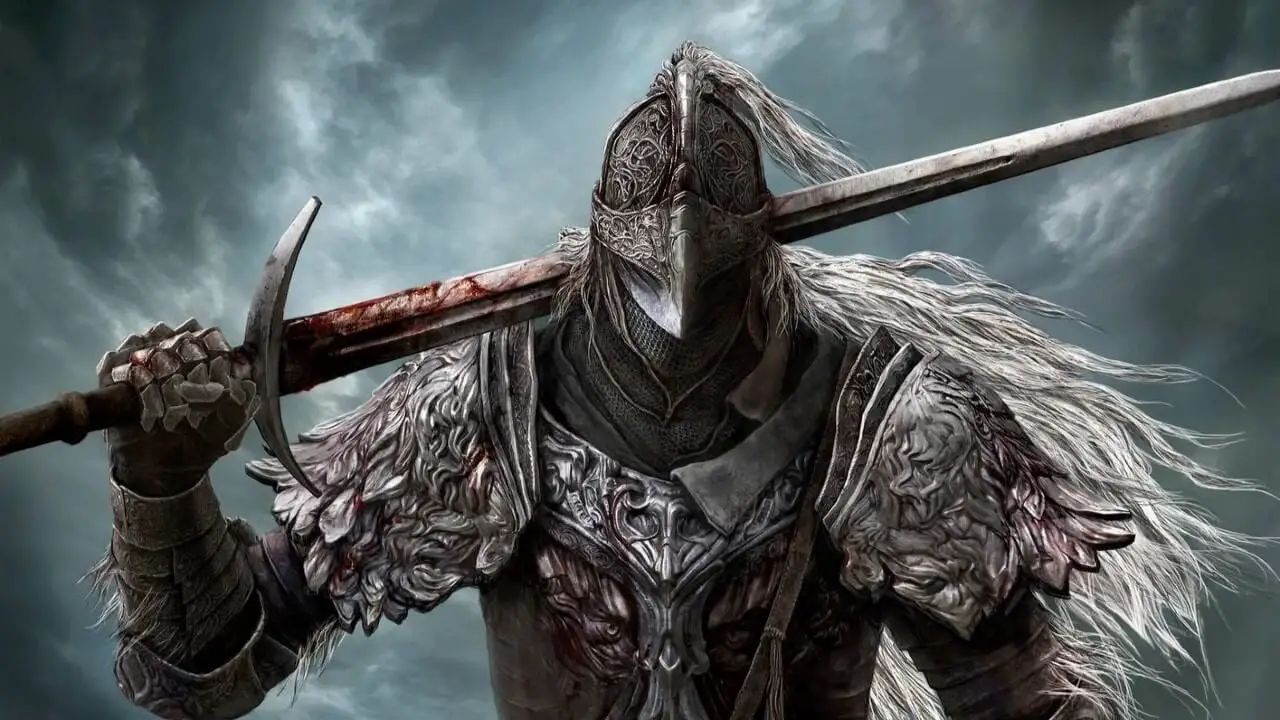

A large two-handed longsword, the Bastard sword got the name “hand-and-a-half sword” in modern periods. Apparently, this unique name of the sword was thanks to it being a weapon that was in between one-handed swords and longswords that were longer and bigger than the Bastard sword.
In the game’s promotional artworks of the Tarnished, he is seen wielding a Bastard sword.
Claymore
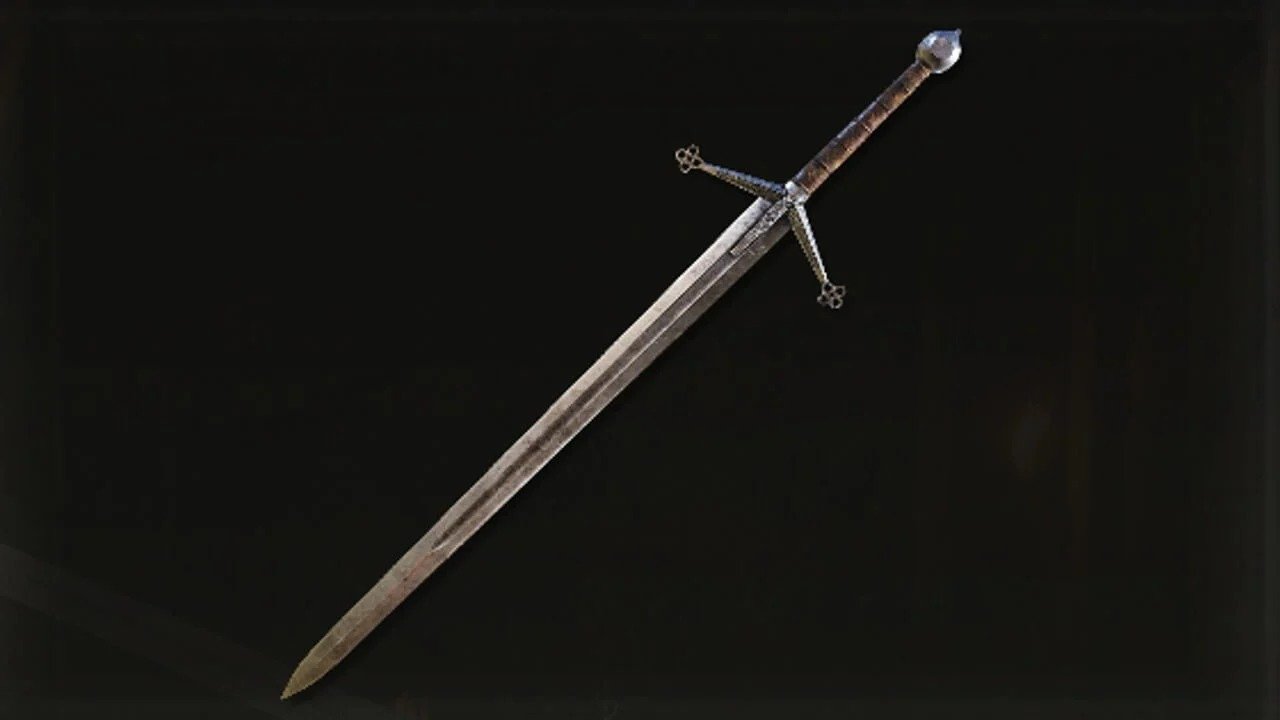
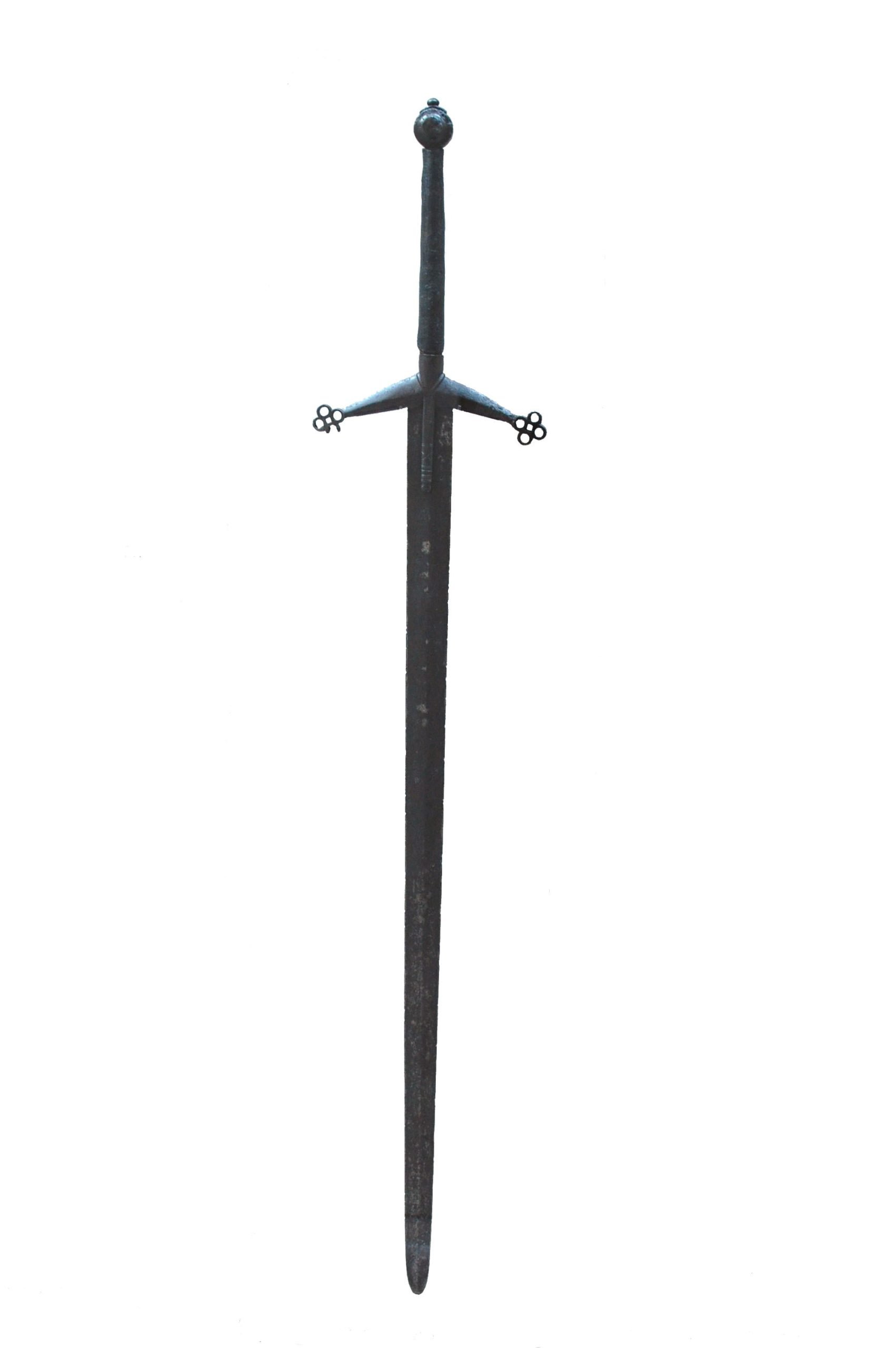
I’m sure many of you already know of the Claymore. It’s a Scottish Greatsword that was in use from the 15th century.
RELATED: Most Underrated Weapons in Elden Ring
The name “Claymore” basically means great sword in Gaelic. It was a highly effective and popular weapon of those times, as it is now in entertainment mediums.
The famous warrior William Wallace used a Claymore that was somewhat different from the usual design that was depicted in games and movies. It was a ferociously large blade. Google “Wallace Sword” to learn more about it.
Zweihander
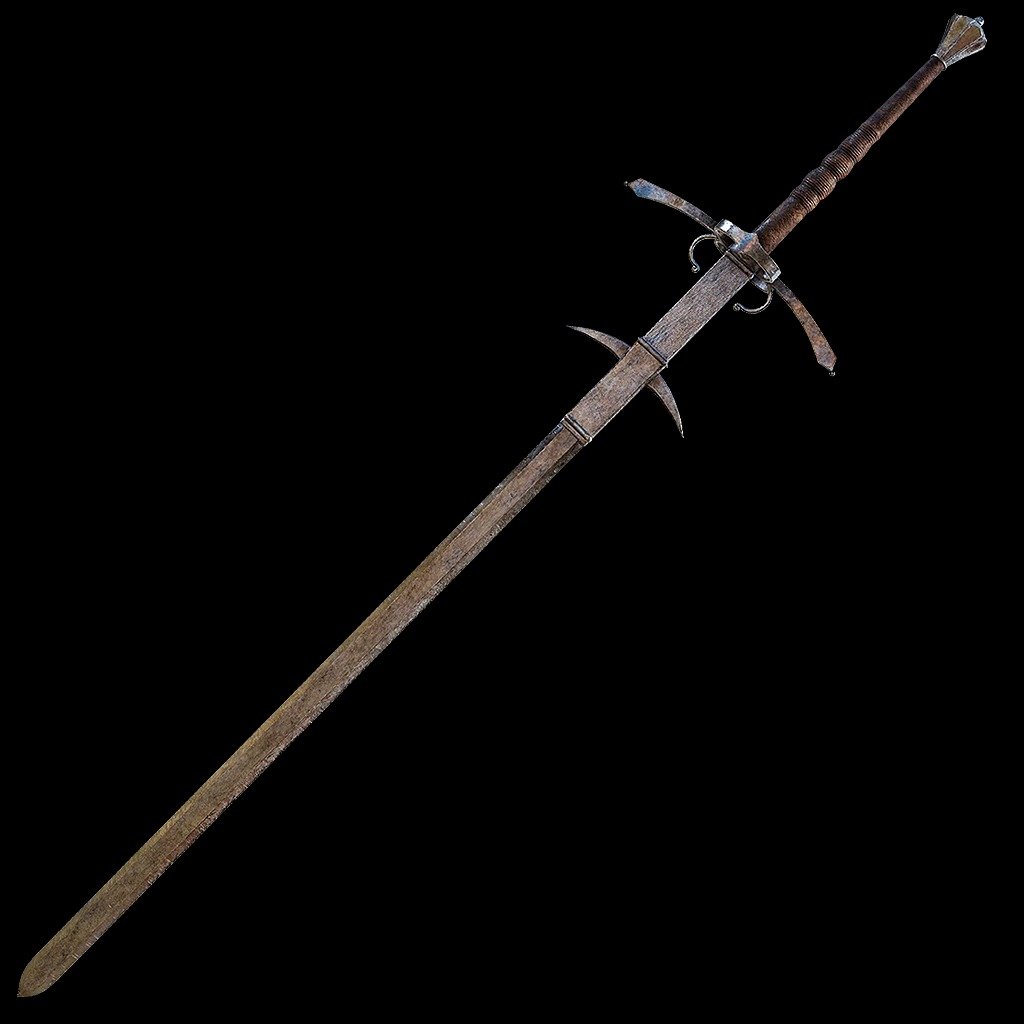
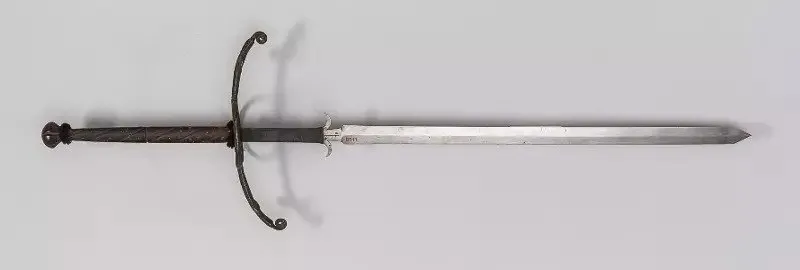
Like the Claymore, the Zweihander is also a sword that you may have heard of before. Its name means “Two-hander” in German, and it was used from the 15th century onward.
This was a very long and big sword that had to be used in two hands. Because of its impressive length and size, warriors used it effectively against enemies with shields and pikes.
Cinquedea
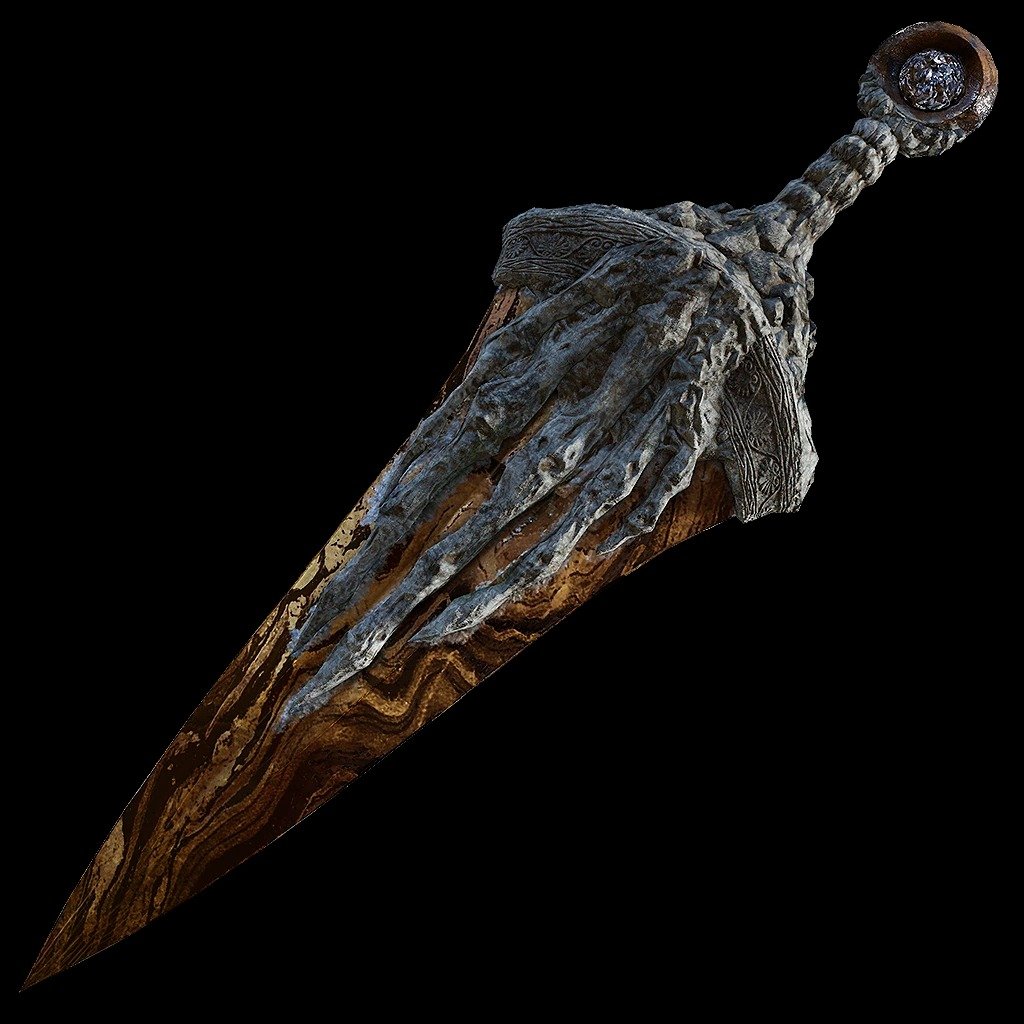
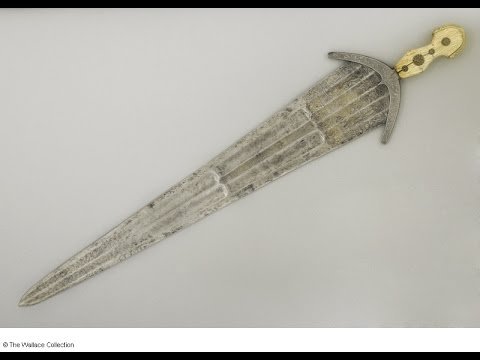
The Cinquedea in Elden Ring is a weapon used by high-ranking clergymen of Farum Azula, and it appears to be a weapon of choice of the Beast Clergyman or Maliketh. Its design looks similar to the Black Blades that was mended with black corpse wax.
In real life, this weapon which was popular in the Italian Renaissance, was a civilian short sword. Its name means “five fingers” and that was the width of the blade next to the guard. It’s a beautiful piece.
